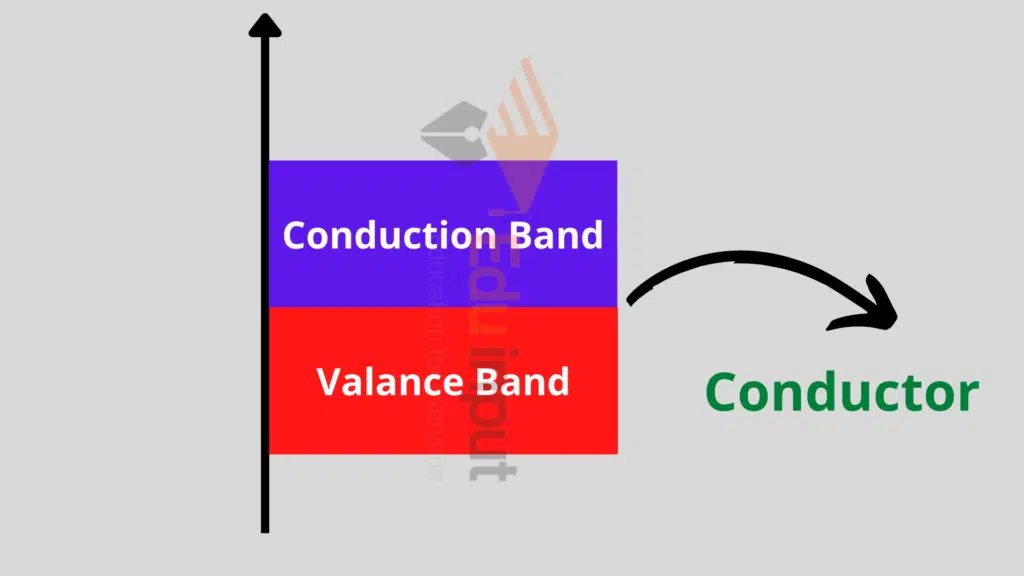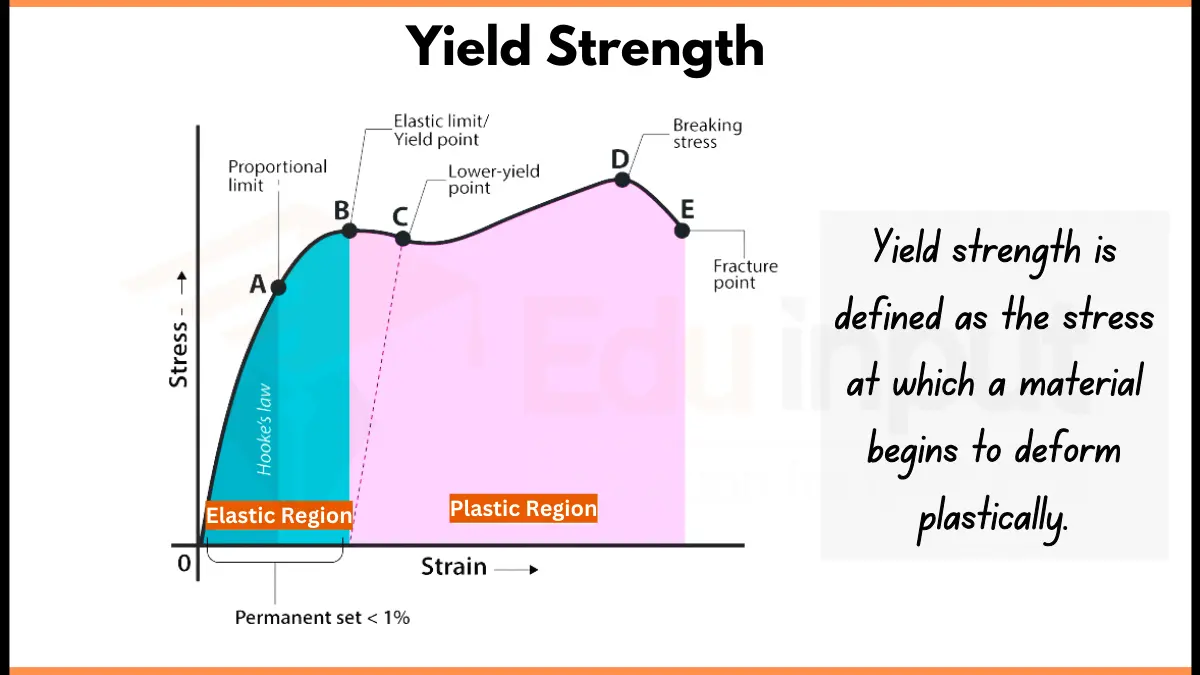Electrical Conductors-Definition, Properties, Uses, And Working
Electrical conductors are those materials that conduct current. Electrical conductors are an essential part of any electrical system. They are used to transmit electricity from one place to another.
Electrical Conductors
It is the electrical property of solid. Solids have a valence band and a conduction band according to band theory in solid-state physics.
Superconductors are different in nature from ordinary conductors. The conductivity of an ordinary conductor is of order 107(Ωm)-1. But the resistance of the superconductor becomes zero below a certain temperature.
For a material to conduct electrical current through it, there needs to be no energy band gap between the two bands. When a minimal amount of voltage is applied, the conductors’ bands overlap, allowing electrons to flow through the material.

Since the outer electrons in the valence band are only attached to the atom, the application of voltage, an electric force, or a thermal effect moves them from the valence band to the conduction band.
The abundance of electrons in this band can be attributed to the free movement of these electrons. The electrons travel with a to-and-fro motion rather than in a straight line. That’s the reason they are known as drift velocity.
Electrons collide with atoms of the material or other electrons inside the conductor’s conduction band because of the drift velocity. The electrons flow from the point of lower potency to the point of higher potency when there is a potential difference in the conductor across two points. Electricity and electrons are moving in opposite directions. Only a small resistance is offered by the conductor material in this situation.
How does the conductor work?
Because of the make-up of their atoms, electrical conductors allow an electric current to flow. When an electric charge is applied to a conductor, the outer electrons of the atom are bound and can move through the material. The best electrical conductors are made out of metal.
Properties of electrical conductors
The free movement of electrons or ions through an electrical conductor is one of the important features of an electrical conductor. It has a zero electric field inside, which allows the movement of electrons or ions. The conductor’s surface has an electric field that is parallel to the surface. It has a zero charge density, which means that the positive and negative charges don’t cancel each other and free charges don’t exist on the surface.
The conductors have low resistance and high thermal Conductivity. A conductor that is placed in a magnetic field doesn’t store energy. Both ends of the conductor are at their maximum potential. When the potential is changed at one end, electricity flows through the conductor, allowing electrons to start flowing from one end to another.
Uses of Conductors
We may use various kinds of conductors to make our electrical system work. Let’s see what exactly the types of conductors we can use for electrical purposes.
Conductors for Power
Power conductors are mostly used to make the electric power transfer. There are two different types of conductors used for making the power transfer. They are the high voltage cable and the low voltage cable.
High voltage cable
The high voltage cable is generally used to transmit power of thousands of volts. They are most commonly used to transmit electricity to industries where they require huge amounts of electricity.
Low voltage cable
Low voltage cables are used to transfer the lower voltages. The voltage level of low voltage cables is between 5 to 50 volts.
Conductors for Electronics
Electronic conductors are mostly used in electronics. They are mainly used to pass the current of the signal. These signals are used to control electronic devices.
Conductors for Lighting
The conductors are also used in the lighting industry. Lighting conductors are used to connecting the bulb to the power source.
Conductors for Heating and cooling
The heating and cooling are mostly done with the help of air, which means the heating and cooling are done by circulating the air around the room. In this process, the conductors are used to connect the heating and cooling equipment to the power source.







Leave a Reply